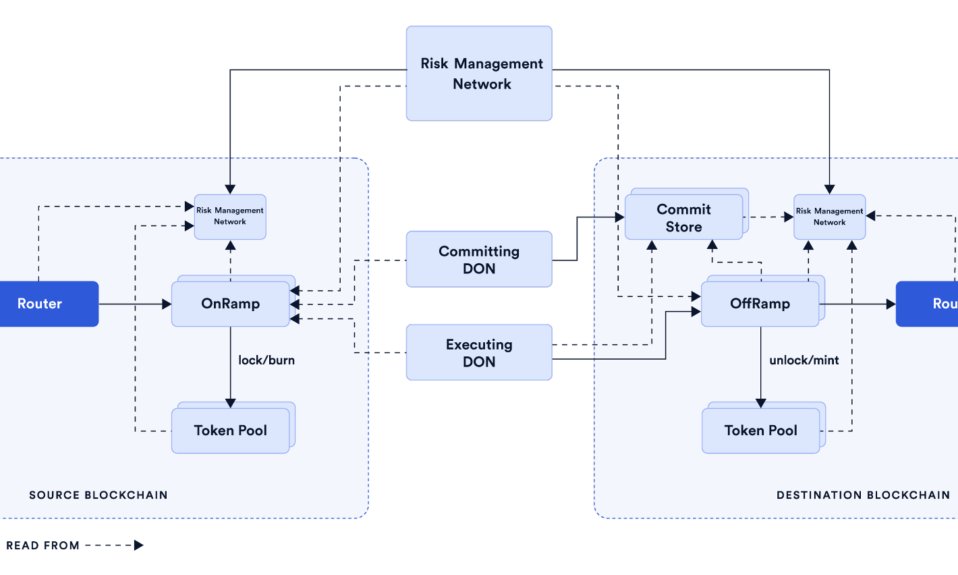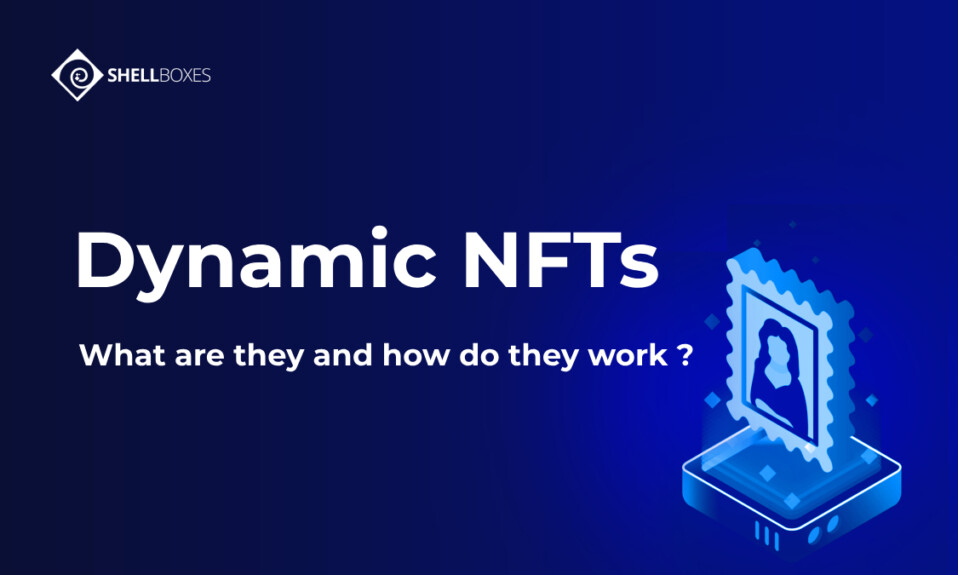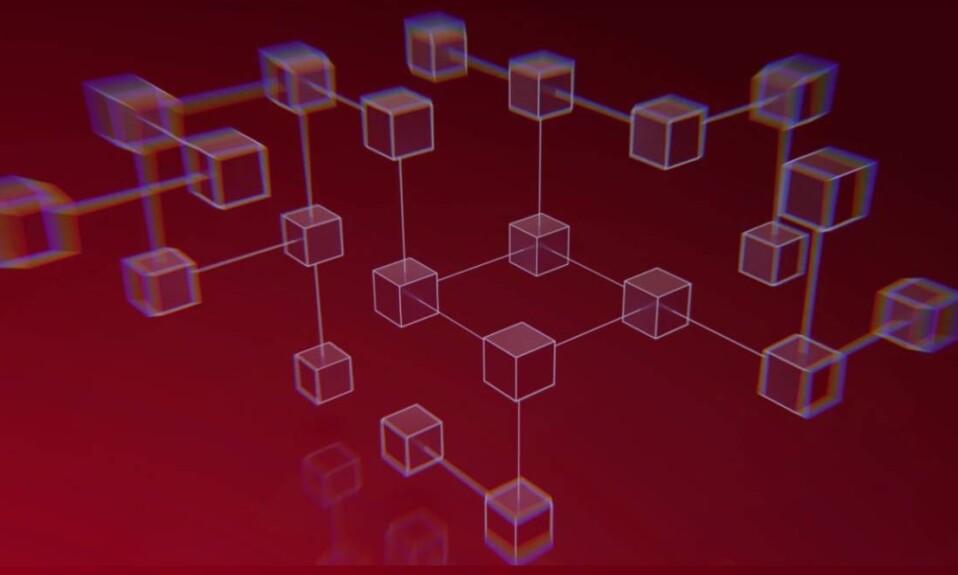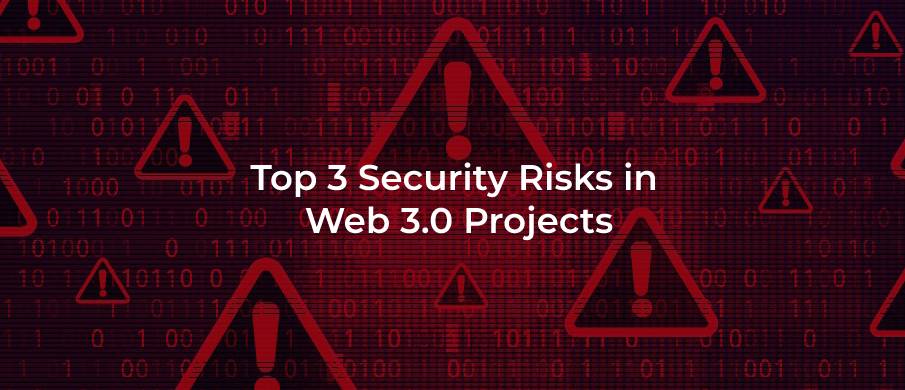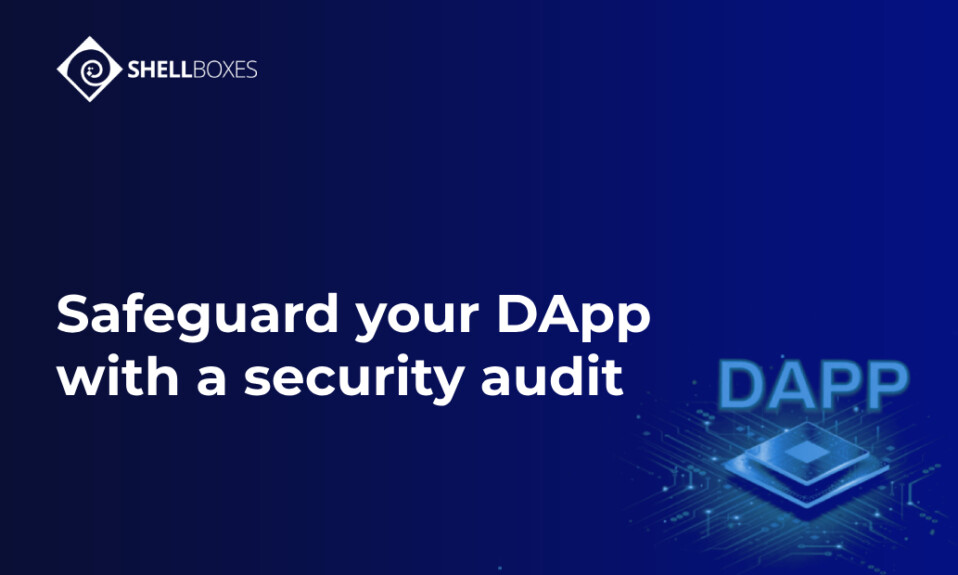
The inherent structure of decentralized applications, or dApps, can unfortunately render them vulnerable to hacking attempts in certain scenarios. The fact that dApps operate on open-source smart contracts implies potential avenues for hackers to infiltrate the network by identifying and exploiting key vulnerabilities, enabling them to breach the blockchain.
The implementation of smart contract audits is a valuable strategy for identifying and resolving such vulnerabilities before they can be exploited. Before delving into the specifics of dApp security, it’s essential to have a clear understanding of what a decentralized application comprises.
Table of Contents
What is a DApp?
A dApp is an application built on a decentralized network, which combine a smart contract with a user interface. Traditional software applications are housed on a centralized server or network and process, compute, and manipulate data drawn from diverse sources in response to frontend requests. In contrast, a dApp’s backend code is housed on the blockchain, where it processes and computes data, such as smart contracts. dApps aren’t under the control of a single server or entity, meaning they have no data silos or single points of failure. Once a developer has deployed a dApp’s codebase, others can develop it further. The spectrum of applications that can be created using a dApp is broad, encompassing decentralized finance, web browsing, gaming, and social media among others. dApps are proliferating at an impressive pace, with new ones appearing every day. So how what are some security challenges that are facing dApps and how to address them ?
Dapps Security challenges
Security challenges that dApps face include issues relating to open-source code, data storage, and human error. On one hand, the open-source nature of dApp code is a benefit, but it also presents a potential vulnerability. If the code inadvertently contains private or access information, the dApp could be susceptible to an attack. Smart contract audits can help resolve such issues. Data breaches can still occur, given that dApps are often linked to centralized data storage sites. Furthermore, no matter how sophisticated the technology, human beings using the online community remain susceptible to errors. If a cybercriminal can gain access to the dApp, a data breach could still occur. If a device that is open to remote connections is stolen, the network could be left vulnerable.
Several steps can be taken to enhance security for any dApp. A smart contract audit should be the first consideration, as it can spotlight vulnerabilities. Smart contract audits conducted by Shellboxes provide a thorough assessment of a smart contract’s security and blockchain code, highlighting vulnerabilities and suggesting fixes. Centralization issues within the code can also be identified by a smart contract audit. Penetration testing is another essential security measure for dApps. Shellboxes penetration testing provides a safe and comprehensive attack simulation to uncover complex vulnerabilities in crypto exchanges, wallets, and dApps. It’s also important to protect wallets and private keys, ensure the privacy of user data, and encourage users to be cautious and vigilant.
Shellboxes Approach to DApp security audit
Our Dapp security audit process is thorough and methodical, ensuring the complete protection of your DApp. Our security audit process includes:
Dapp Architecture Review
A deep understanding of Dapp architecture is fundamental for identifying security-sensitive aspects. In cases where architectural documents are absent, manual extraction becomes necessary. Our method involves examining component interactions, and more, enabling effective security audits even for unconventional Dapps.
Manual Dapp Review
Our team of skilled engineers meticulously reviews the Dapp code, detecting potential bugs and global vulnerabilities. This is facilitated by the architecture review. The process adopts a dual perspective – that of a hacker and a developer, seeking attack vectors that allow us to breach the system’s invariants to ensure thorough scrutiny.
Utilizing Tools for Dynamic and Static Analysis
Our extensive suite of internal tools is deployed to test Dapp code statically and dynamically. These tools are capable of identifying security risks and providing crucial insights, to ensure that the Dapp aligns with its desired specifications.
Reporting & Remediation for Dapp Audits
Our audit reports offer a complete security analysis of the Dapp. Each finding is exhaustively explained, with clear, actionable steps for risk mitigation. Post-report, we collaborate with the client for continuous improvement until they’re satisfied with the final security assessment.
We make our audit reports publicly accessible to help users understand the potential risks associated with Dapps. This is a testament to our commitment to heightened security standards in the web3 ecosystem.
So, if you are releasing a Dapp, contact our security experts at [email protected] to ensure the security of your application to protect it from all potential types of hacks.

